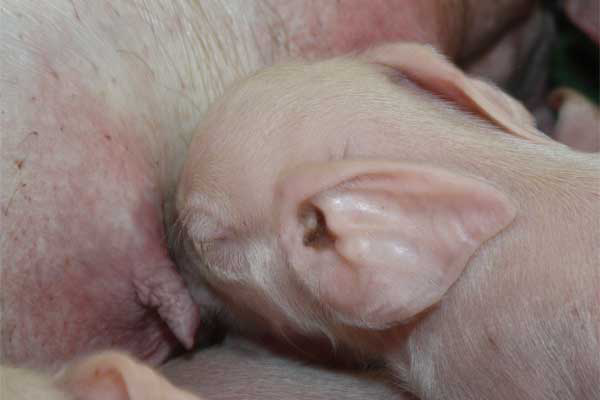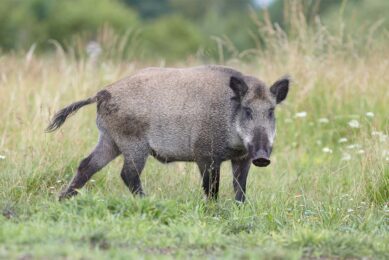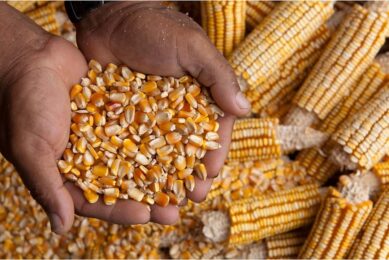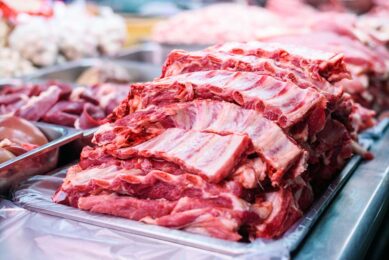PRRS control by adjusting the sow’s diet

A combination of monolaurin, micro-ingredients and emulsifying agents in sows’ diets has a beneficial effect on the piglets and can serve as a tool to reduce pathogenic pressure of the PRRS virus. This was shown from a farm study, performed by the company FRAmelco.
One of the main challenges worldwide since the 1980s in swine reproduction has been porcine reproductive and respiratory syndrome (PRRS). PRRS is caused by a virus named arterivirus. This fat enveloped virus is particularly present in the lungs and reduces the overall immunity of the pig. Currently swine producers are fighting PRRS by applying a variety of vaccines combined with antibiotics to treat the secondary diseases. Unfortunately, due to the mutation of the PRRS virus vaccines are not 100% effective meaning that farmers sometimes need to fully restock their herd.
Feed additive reduces virus pressure
The performance of suckling piglets is primarily influenced by the quality of sow milk. Hence, nutrition of the sow is of utmost importance to fulfil the piglets’ nutritional needs. With the help of its partners, the company FRAmelco designed FRA C 12 – an additive to reduce the pathogenic pressure exerted by fat enveloped viruses (PRRS) and pathogenic gram + bacteria (Streptococcus suis) (hereafter called ‘additive’). This additive consists of a combination of monolaurin, micro-ingredients and emulsifying agents. The systemically available molecules of the additive are transferred from the sow to their offspring via the milk of the sow resulting in health improvements in the sow and their piglets. It can even be included in the in sow gestation diets already.
Reduction in medications for sow and piglet
The additive was tested on a commercial farm in Southern Europe which was infected by PRRS. In the case study a treatment group and control group were observed. The sows in the treatment group were fed 15 g of the additive per day, starting 7 days pre-farrowing until next service. The only difference between control and treatment feeds was the addition of the additive. Total trial duration was approximately 35-40 days. Treatment group consumed about 525-600 gram of the additive per sow during testing period. The results are shown in Table 1. Farm owner and veterinarian reported that the sows from the treatment group, unlike the sows of the control group, were not treated with any medications. Next to that, the piglets of the treatment group received one treatment against diarrhoea versus 3 treatments against diarrhoea in the control group. The reduction in days until next service results in a huge return on investment as the farm owner can save around 5-6 days of feed per sow per year (2.4 days per sow per lactation cycle).
Tool for pig farmers
PRRS remains a major challenge in the swine industry. The application of the additive will be explored and improved further in the coming years. Currently, based on literature reviews, in-house studies and field experience, it can be concluded that addition of the additive in sow diets can serve as a powerful tool for farmers to optimise their farm health status and profits when PRRS is present.
For more information, contact: R&D@FRAmelco.com
 Beheer
Beheer








 WP Admin
WP Admin  Bewerk bericht
Bewerk bericht